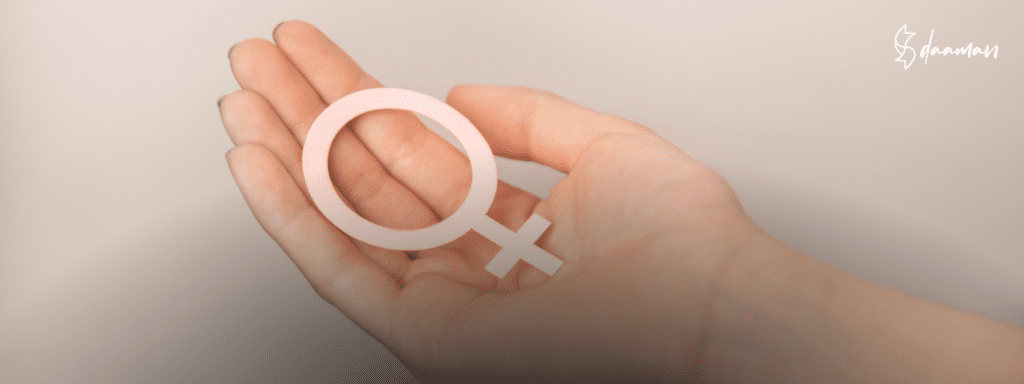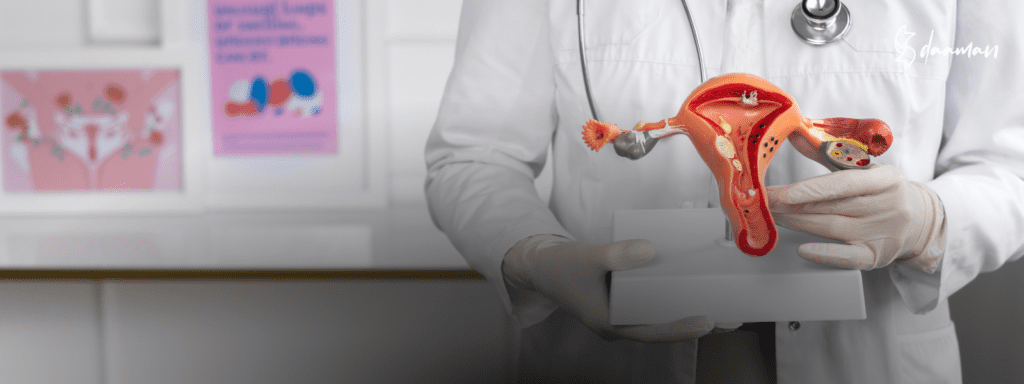Embracing the Passage of Time: A Guide to Aging Gracefully for Women
In a society obsessed with youth, the idea of aging gracefully often seems elusive, especially for women. The fear of wrinkles, sagging skin, and a slowing metabolism can cast a shadow over the natural process of growing older. However, it’s time to shift the narrative and embrace aging as a beautiful journey. By adopting a holistic approach that includes nutrition, a healthy diet, regular exercise, skincare, and prioritizing mental well-being, women can navigate the aging process with grace and confidence. Image Source: Freepik.com One of the cornerstones of aging gracefully is maintaining a nutritious and well-balanced diet. As the body ages, its nutritional needs evolve. Adequate intake of vitamins, minerals, and antioxidants becomes crucial to support overall health and combat the effects of aging. Including a variety of colorful fruits and vegetables in daily meals provides essential nutrients that contribute to skin health, bone density, and cognitive function. Omega-3 fatty acids, found in fish, flaxseeds, and walnuts, are renowned for their anti-inflammatory properties, benefiting both the body and the mind. Regular exercise is another key component of aging gracefully. Physical activity not only helps maintain a healthy weight and promotes cardiovascular health but also has profound effects on mental well-being. Engaging in a mix of aerobic exercises, strength training, and flexibility exercises can enhance overall fitness and contribute to a positive self-image. Additionally, exercise promotes the release of endorphins, the body’s natural mood lifters, fostering a sense of well-being and reducing stress—an essential aspect of aging gracefully. Skincare plays a pivotal role in managing the external signs of aging. While numerous products flood the market, one compound stands out for its proven efficacy—retinol. Derived from vitamin A, retinol is renowned for its ability to stimulate collagen production, reduce the appearance of fine lines, and promote skin renewal. Including retinol in a skincare routine can significantly contribute to maintaining a youthful complexion. However, it is crucial to use it cautiously, starting with lower concentrations and gradually increasing to avoid potential irritation. A healthy lifestyle extends beyond physical aspects; mental well-being is equally vital in the journey of aging gracefully. Stress, anxiety, and societal pressures can exacerbate the aging process. Incorporating mindfulness practices such as meditation, yoga, or even a simple daily gratitude journal can foster emotional resilience and a positive outlook. Taking time for oneself, nurturing hobbies, and cultivating meaningful relationships contribute to a fulfilling and satisfying life, transcending the limitations often associated with aging. Image Source : Freepik.com Moreover, the societal narrative around aging needs a paradigm shift. Women should be empowered to embrace their age proudly, free from the constraints of unrealistic beauty standards. Each passing year brings wisdom, experience, and a deeper understanding of oneself. Celebrating the journey and the lessons learned along the way can be liberating, fostering self-acceptance and confidence. In conclusion, aging gracefully is a multifaceted journey that goes beyond skin-deep beauty. Women can take charge of their aging process by making conscious choices in nutrition, adopting a healthy diet, engaging in regular exercise, incorporating retinol into skincare routines, and prioritizing mental well-being. Embracing the natural progression of time, with all its challenges and triumphs, allows women to navigate the aging process with poise and confidence, redefining societal norms and embracing the beauty that comes with each passing year.
Embracing the Passage of Time: A Guide to Aging Gracefully for Women Read More »









